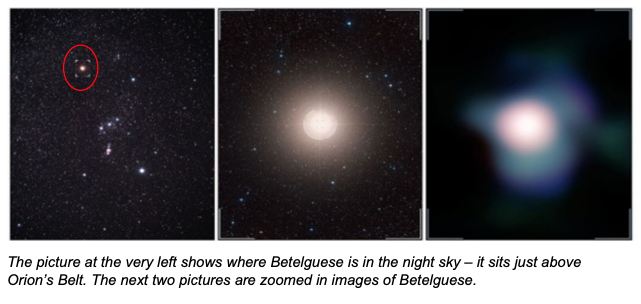The Future, Part 2: The Next 100,000 Years
50,000 years The next glacial periodis supposed to begin. Glacial periods are times when the Earth drops in temperature and massive glaciers form. Like the movie Ice Age! These glacial periods are caused by many things, but mainly because of small changes in the Earth’s orbit, which causes different amounts of sunlight (or solar radiation) to reach the North pole. When the North Pole receives less solar radiation, temperatures lower, causing glaciers to form and spread across the Earth. Sea levels drop, the rest of the Earth cools down, and new life forms evolve. The last glacial period lasted for 100,000 years!However, because the Earth is heating up due to all the carbon dioxide that we are releasing into the atmosphere, this ice age may be delayed by 50,000 more years...
100,000 years If you happened to live for another 100,000 years, you would notice that none of the constellations you saw in 2020 would be there! Because all of the stars in the night sky are moving on their own paths, they will slowly drift farther and farther away from their positions in the sky as time goes on. Constellations like the Big Dipper, which are made up of stars only 100 light years away, will change more than constellations like Orion’s belt, which contain stars 1000 light years away. This is because stars that are closer to us appear to move more in the night sky than stars that are very far away.
100,000 years This is the latest possible time that the star Betelguese explodes in a brilliant supernova. Supernovas happen when a big star runs out of fuel, collapses, and explodes outwards, releasing all of its innards. In 2019, Betelguese started to dim, which could’ve meant it was coming to the end of its lifespan. However, Betelguese never did go supernova. This dimming might have just been to space dust surrounding it.
If Beteleguese exploded, it would shine nearly as bright as a full moon for up to three months! It would cast shadows at night. For a full year, you would be able to see it during the day.
100,000 years Terraforming Mars (maybe): Imagine taking a spaceship to Mars and upon stepping outside, you see a landscape filled with forests, oceans, animals and a blue sky! Terraforming is a process where another planet is transformed to be like Earth. In order to terraform Mars, we would need to make its atmosphere much thicker and hotter than it already is. We could do this by extracting water (H2O) and carbon dioxide (CO2) from rocks and other sources on Mars and releasing it into the atmosphere. However, a recent study showed that this would be impossible with current technology because there simply isn’t enough water and carbon dioxide present inside of Mars to give it an atmosphere like Earth’s. But as you may have noticed, technology is evolving very quickly. If you think about how advanced humans have become in the last 100 years, we will probably figure out a way to terraform Mars in the next 100,000 years.
Now, you might feel a bit sad that you won’t be alive to see all these awesome things happen. I feel the same way sometimes, too. But, what keeps me positive and inspired is the idea of continuing to learn about these things so that one day, I may be able to help advance science in a way that allows them to happen. Plus, there are so many exciting things in science coming up (you can read about some here!) that you can help with in the future. Although they may not seem spectacular at first, they are the first steps for making projects, like terraforming Mars, possible in the future!





